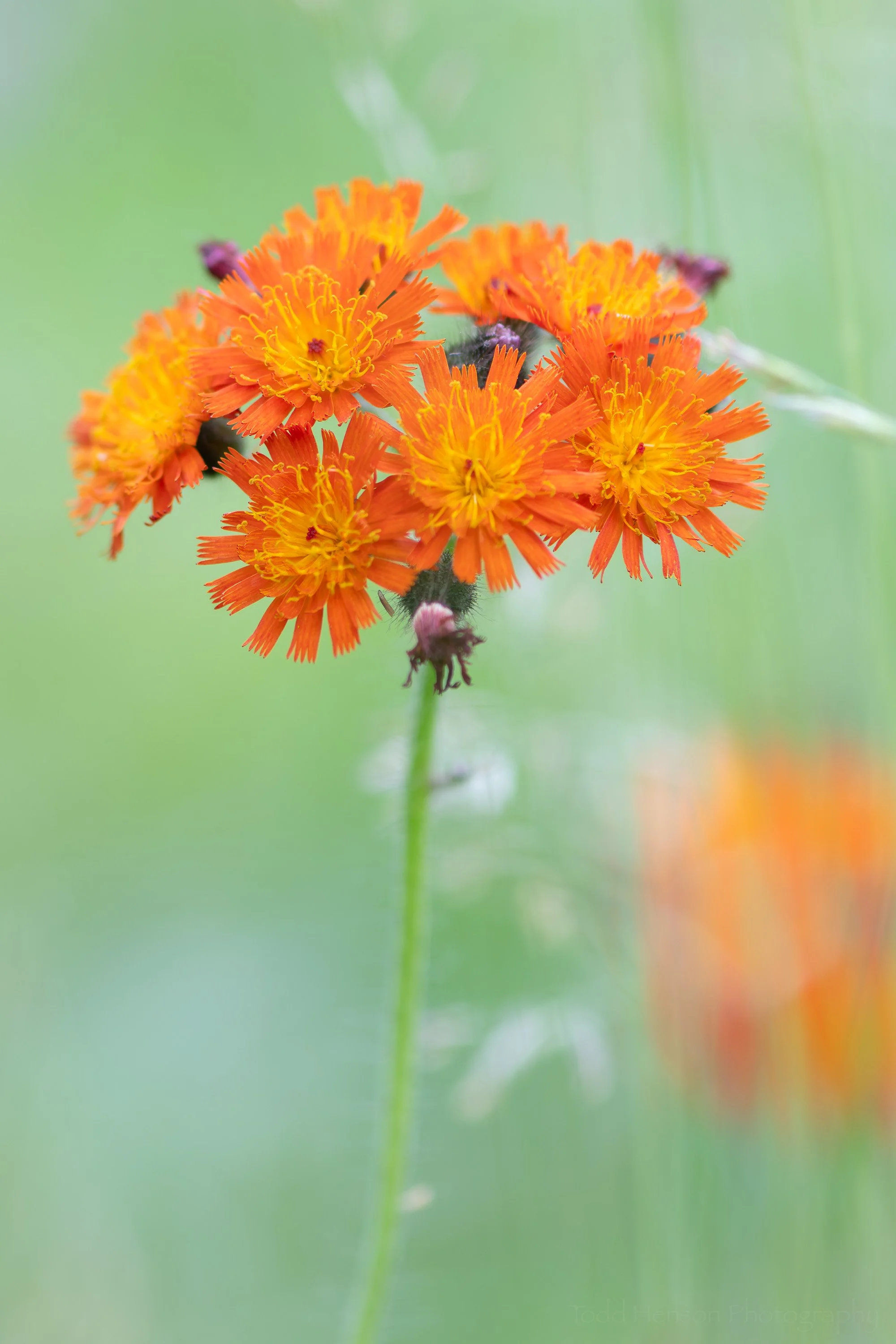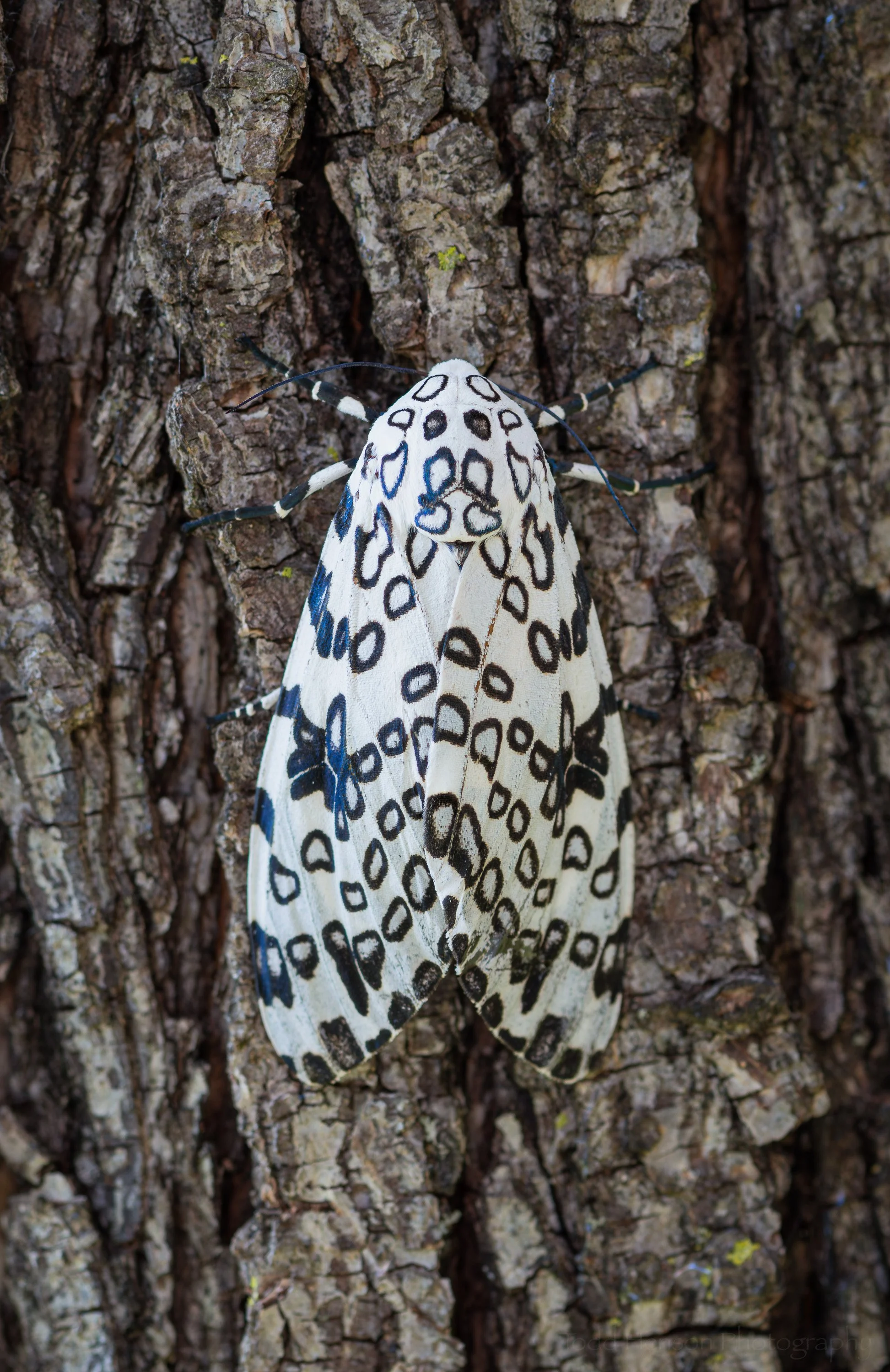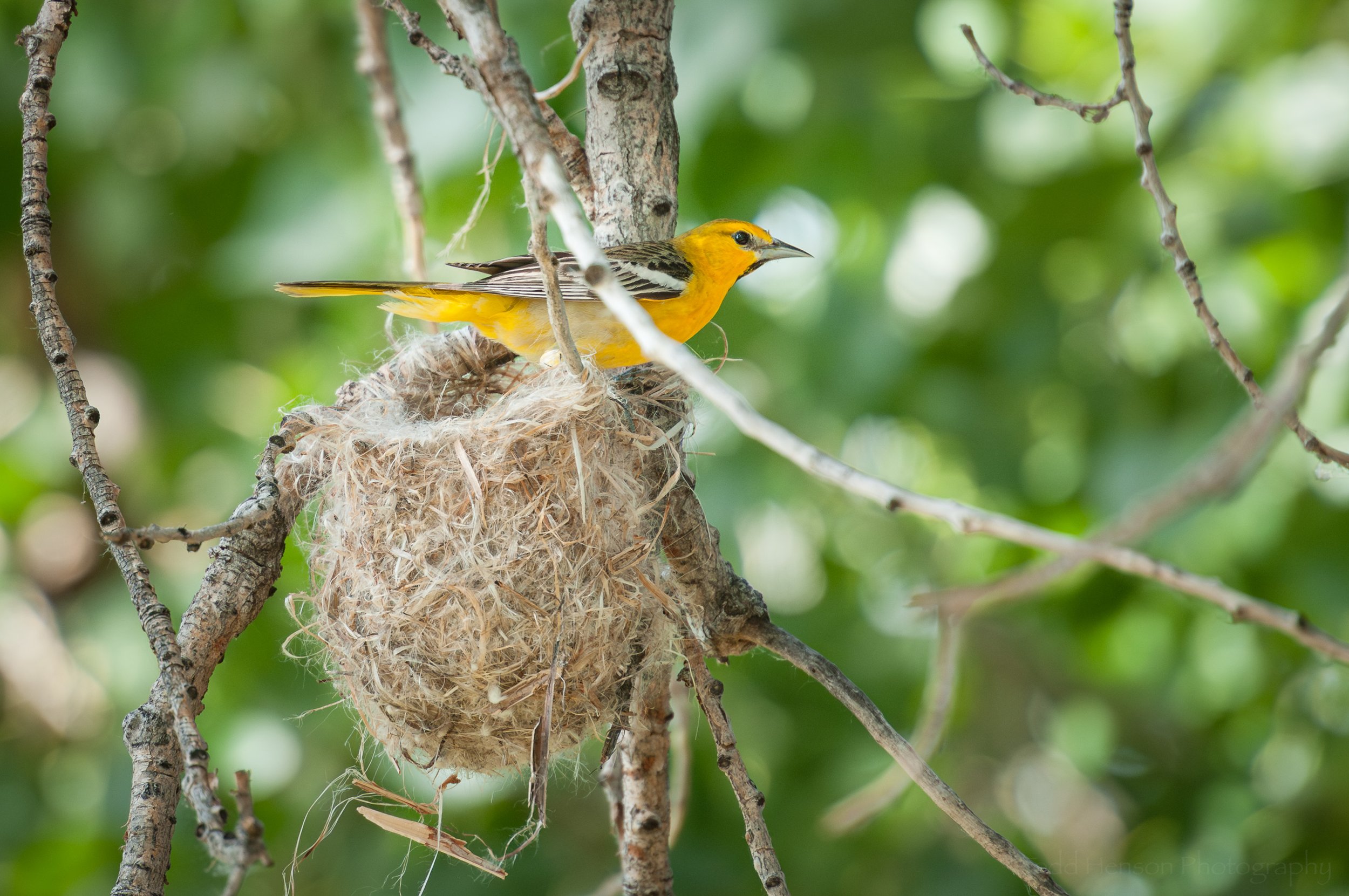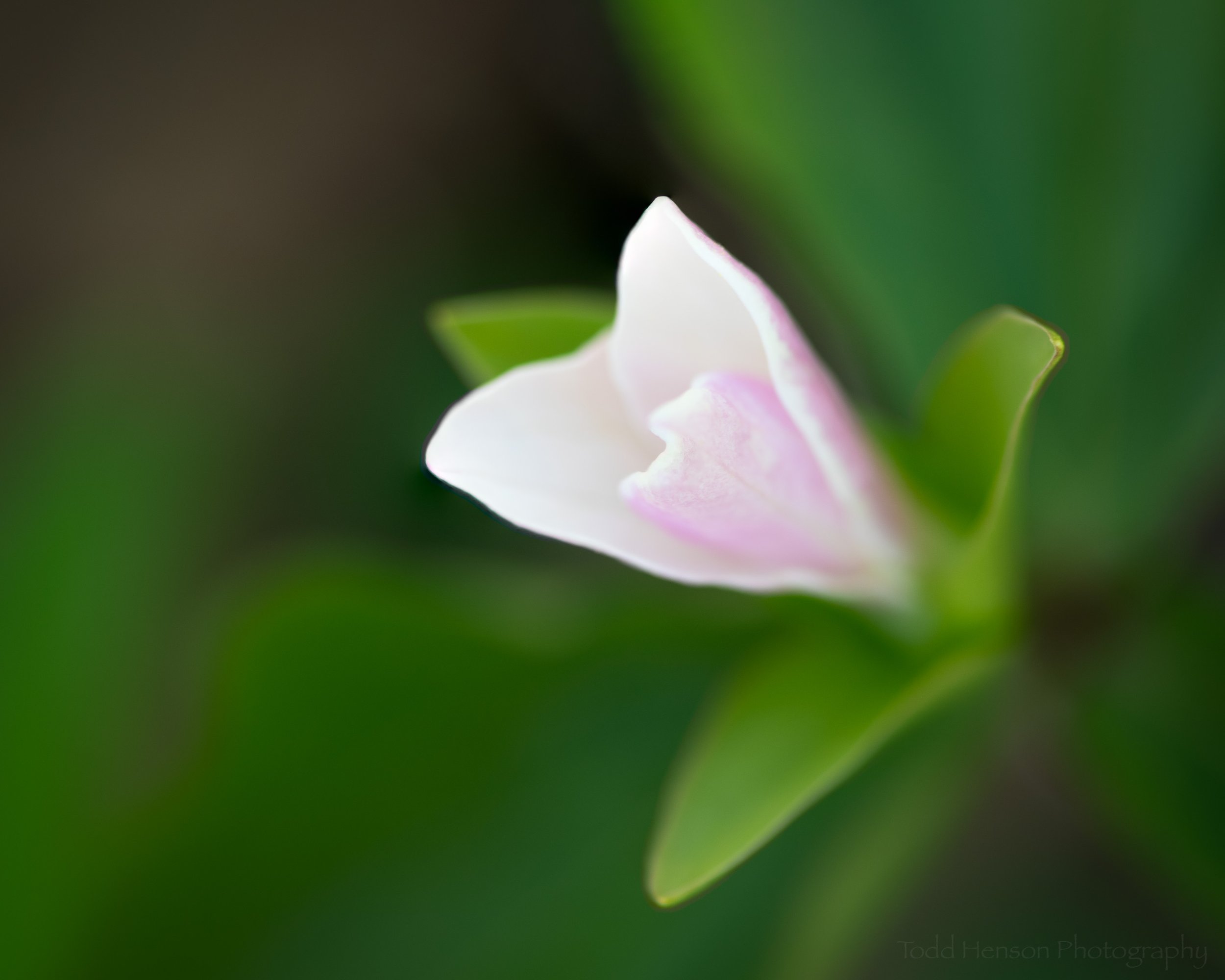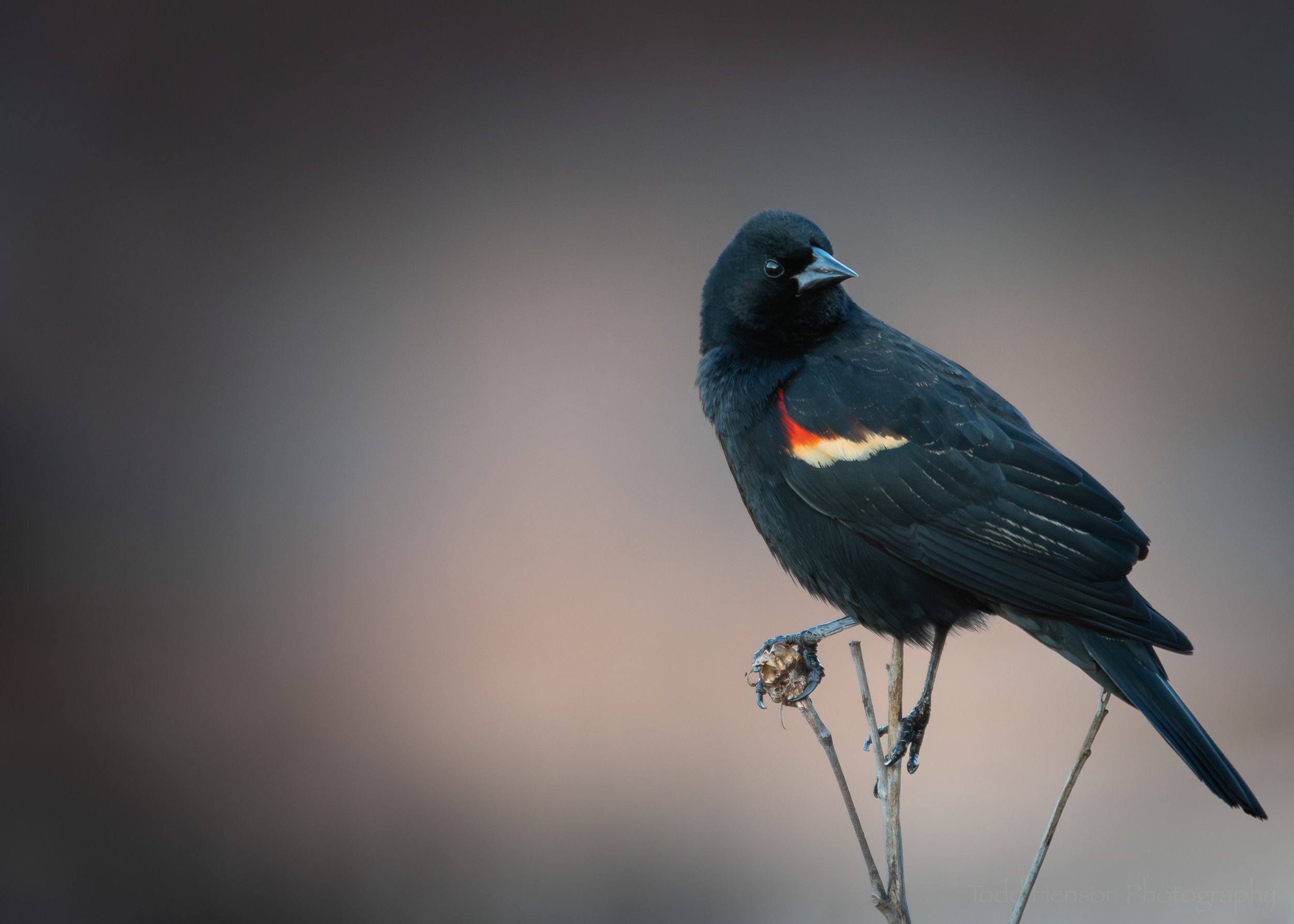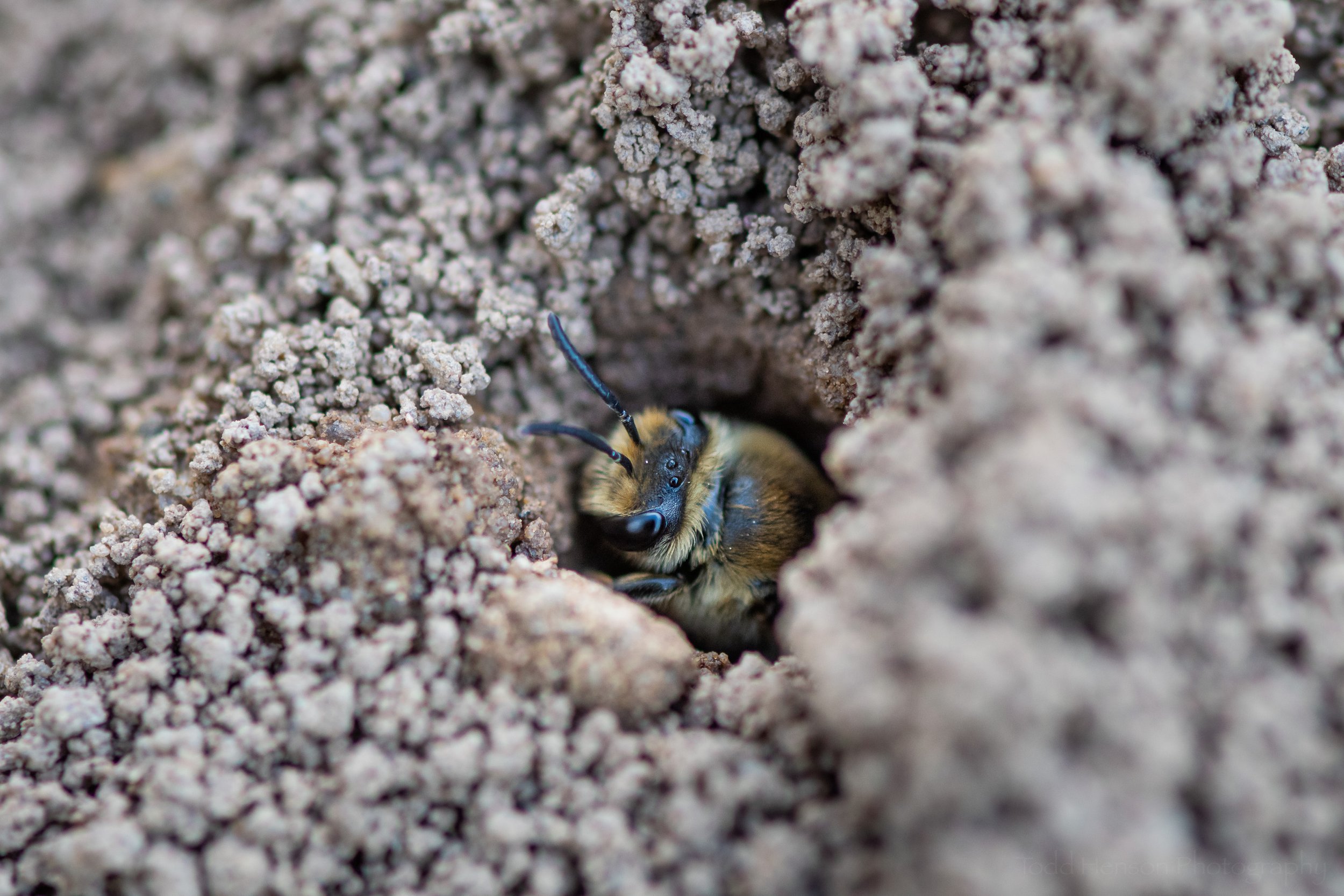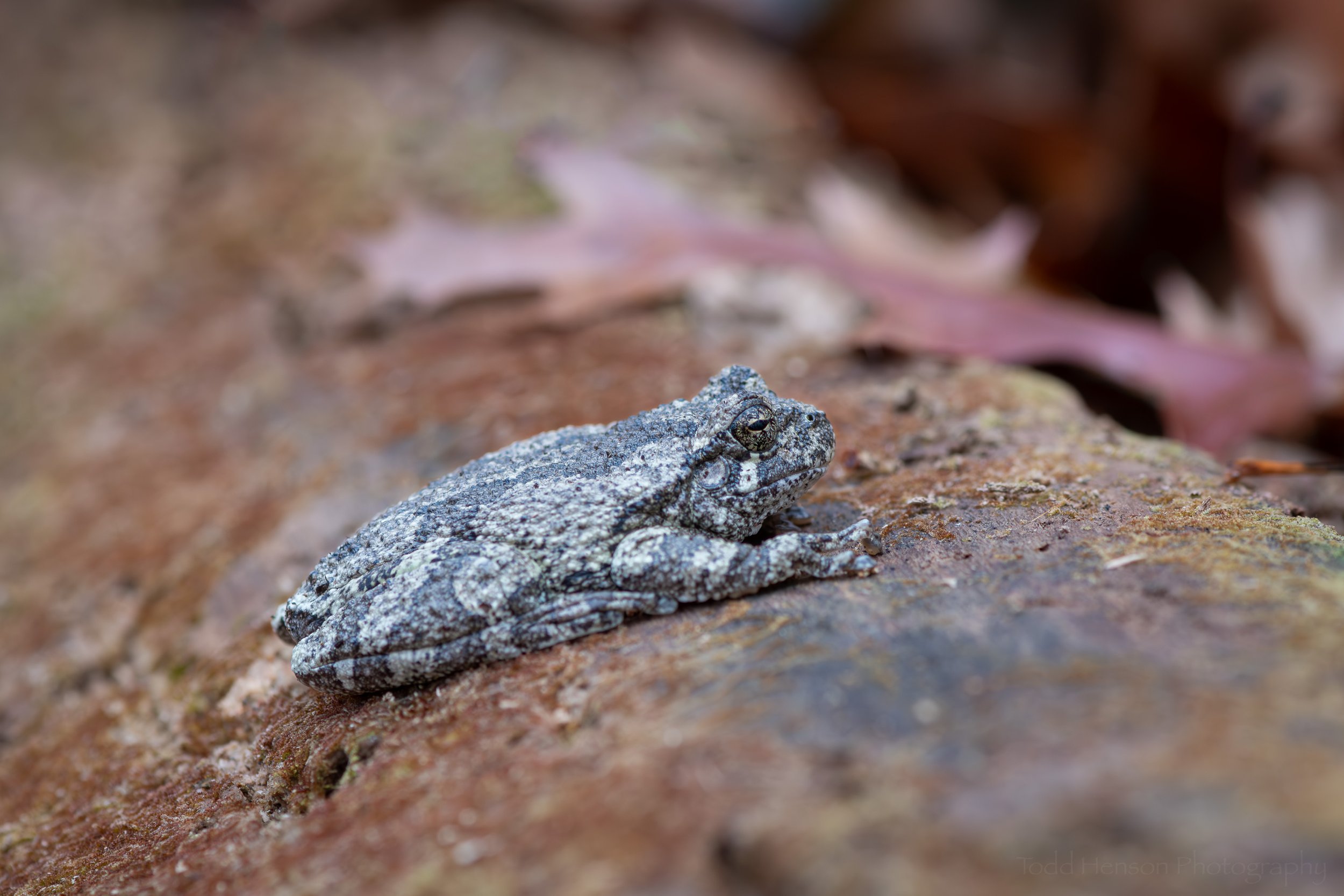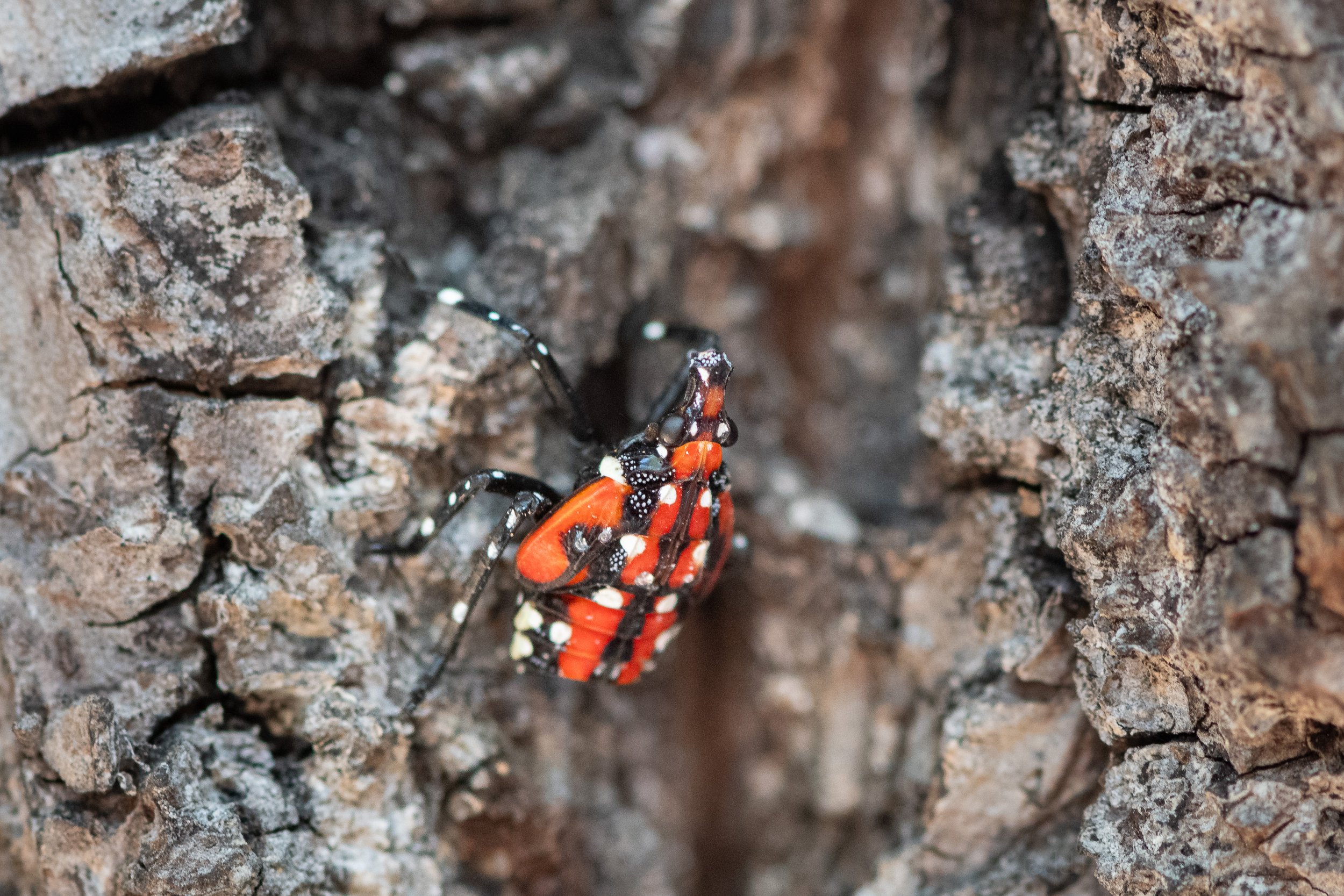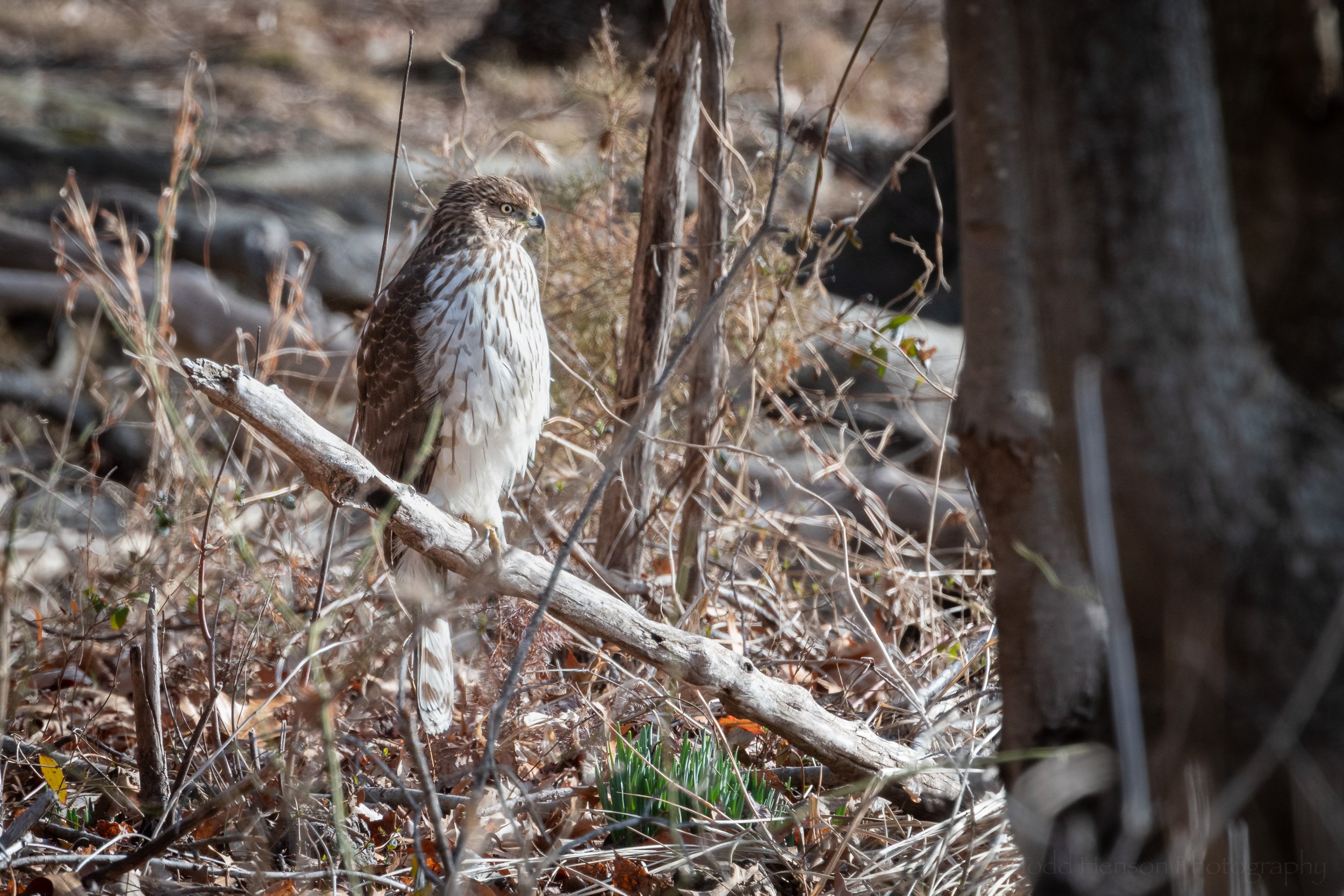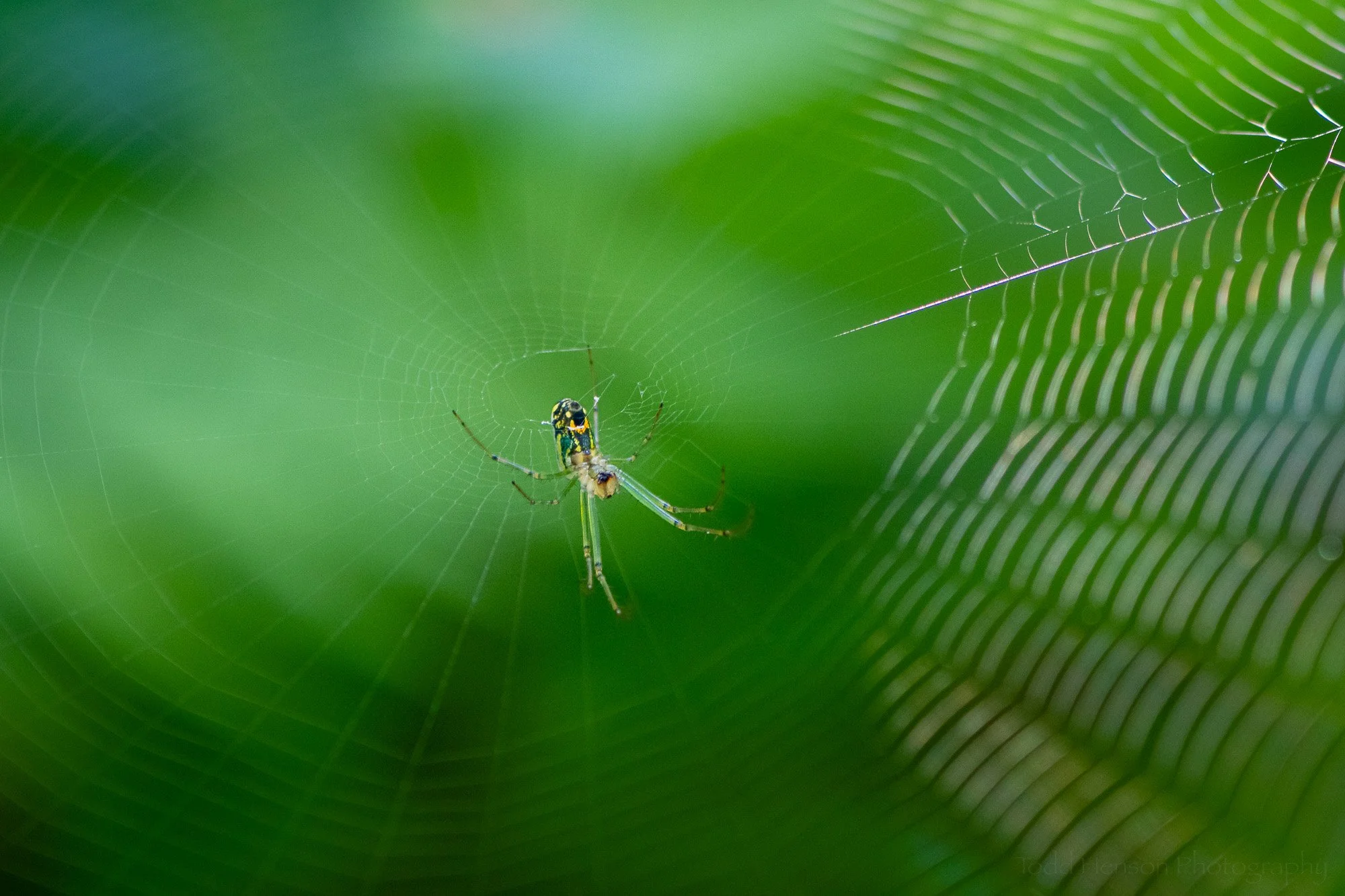A male Red-breasted Merganser sitting on a log looking over its shoulder. Available for purchase.
Some birds can be found year round in a location. Others migrate between summer and winter ranges. And sometimes a bird, such as this male Red-breasted Merganser, can be found spending the summer in what is normally their winter range.
Male Red-breasted Merganser preening on a log.
Male Red-breasted Merganser resting on a log. Available for purchase.
Red-breasted Merganser typically migrate north during the summer to places like Canada and Alaska. But this male chose to stay in Northern Virginia, spending many mornings sleeping on a fallen log along the shore of a wildlife refuge. Perhaps this male was still too young to breed, so it stayed south where the fishing was good and the temperature warm.
Male Red-breasted Merganser facing the water.
Male Red-breasted Merganser swimming in the bay.
Whatever its reason for staying south, I enjoyed its company and the photographic opportunities it presented.
Do you enjoy these posts?
Sign up to receive periodic emails with updates and thoughts. Don’t worry, I won’t spam you. And please consider purchasing artwork or products from my online store, and using my affiliate links in the sidebar to the right when shopping online.
I appreciate your support!
